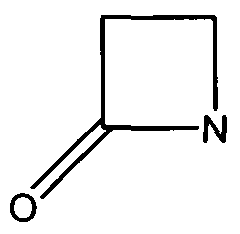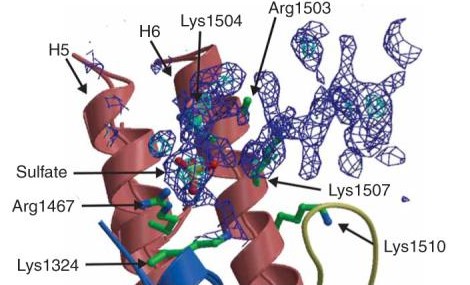TEM1 Class Antibiotic Resistance Proteins
From Proteopedia
(Difference between revisions)
| Line 37: | Line 37: | ||
== References == | == References == | ||
1. Davies, J.; Davies, G. Origins and Evolution of Antibiotic Resistance. Microbiol Mol Biol Rev. 2010, Sep; 74(3): 417–433. | 1. Davies, J.; Davies, G. Origins and Evolution of Antibiotic Resistance. Microbiol Mol Biol Rev. 2010, Sep; 74(3): 417–433. | ||
| + | |||
2. National Institute of Health. Stop the Spread of Superbugs Help Fight Drug-Resistant Bacteria. https://newsinhealth.nih.gov/issue/feb2014/feature1. (Last accessed: April 11, 2016). | 2. National Institute of Health. Stop the Spread of Superbugs Help Fight Drug-Resistant Bacteria. https://newsinhealth.nih.gov/issue/feb2014/feature1. (Last accessed: April 11, 2016). | ||
| + | |||
3. Dablon et al. The catalytic mechanism of f3-lactamases: NMR titration of an active-site lysine residue of the TEM-1 enzyme. Proc. Natl. Acad. Sci. USA. 1996, 74: 1747-1752. | 3. Dablon et al. The catalytic mechanism of f3-lactamases: NMR titration of an active-site lysine residue of the TEM-1 enzyme. Proc. Natl. Acad. Sci. USA. 1996, 74: 1747-1752. | ||
Revision as of 22:52, 13 April 2016
| |||||||||||
References
1. Davies, J.; Davies, G. Origins and Evolution of Antibiotic Resistance. Microbiol Mol Biol Rev. 2010, Sep; 74(3): 417–433.
2. National Institute of Health. Stop the Spread of Superbugs Help Fight Drug-Resistant Bacteria. https://newsinhealth.nih.gov/issue/feb2014/feature1. (Last accessed: April 11, 2016).
3. Dablon et al. The catalytic mechanism of f3-lactamases: NMR titration of an active-site lysine residue of the TEM-1 enzyme. Proc. Natl. Acad. Sci. USA. 1996, 74: 1747-1752.
Proteopedia Page Contributors and Editors (what is this?)
Kenna Salvatore, Matt O'Malley, Ryan Hunter Wilson, Riley Culhane, Michal Harel


